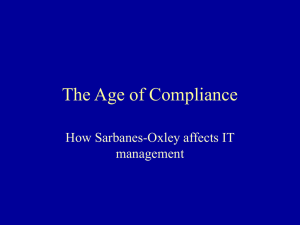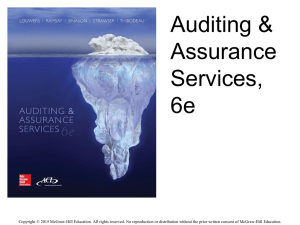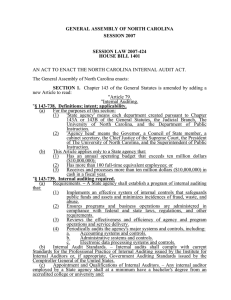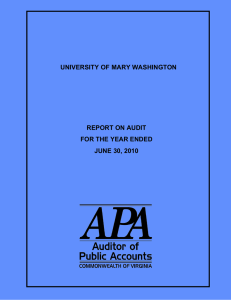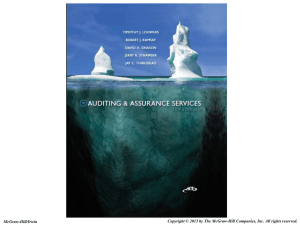Auditing Presentation
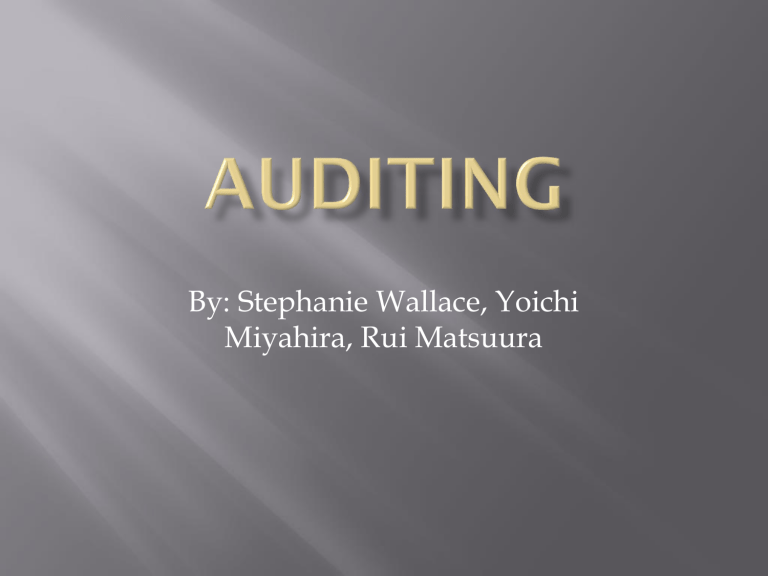
By: Stephanie Wallace, Yoichi
Miyahira, Rui Matsuura
The word audit comes from the Latin word audire meaning “to hear.”
Modern meanings for audit are:
Review
Check
Inspection
Examination
Assessment
Appraisal
Auditing is a systematic process of objectively obtaining and evaluating evidence regarding assertions about economic actions.
Financial Audits In a financial audit, the assertions about which the auditor seeks objective evidence relate to the reliability and integrity of financial and, occasionally, operating information.
Auditing is a systematic process
Financial Statements
(including footnotes) of objectively obtaining and evaluating evidence regarding assertions about economic actions and events to ascertain the degree of correspondence between the assertions and established criteria and
GAAP
Persons who rely on the financial reports
•Creditors
•Investors
(Sarasota, FL). communicating the results to interested users.
Auditor's Report/
Other Reports
Source: American Accounting Association Committee on Basic Auditing Concepts.
1973. A Statement of Basic Auditing Concepts , American Accounting Association
Today’s information
More complex
Demanded by remote users
Demanded in a more timely manner
Has far reaching consequences
Information risk
the risk (probability) that the information
(mainly financial) disseminated by a company will be materially false or misleading.
users demand an independent third party assessment of the information
OBTAIN
(OR RETAIN)
CLIENT
ENGAGEMENT
PLANNING
RISK
ASSESSMENT
EVIDENCE
GATHERING
REPORTING
In response to several accounting related corporate scandals Congress passed the Sarbanes-Oxley Act
The Act’s major provisions include:
Requirement of CEO/CFO certification of financial statements
Requirement of auditor examination of company internal controls
Creation of the Public Company Accounting
Oversight Board (PCAOB) to serve as an auditing profession “watchdog.”
Prohibition of certain client services by firms conducting a client’s audit.
Professional skepticism - auditor’s questioning, evaluative, attitude toward evidence
Management’s assertions without sufficient corroboration.
Financial trends need investigation
Documents are checked for authenticity or alteration
Ask questions, get answers, then verify the answers.
A potential conflict of interest always exists between the auditor and the client.
Sarbanes-Oxley and the PCAOB prohibit professional service firms from providing any of the following services to an audit client:
1)
2)
3)
4)
5)
6)
7)
8) bookkeeping and related services design or implementation of financial information systems appraisal or valuation services actuarial services internal audit outsourcing management or human resources services investment or broker/dealer services legal and expert services (unrelated to the audit)
Internal Auditing is an independent, objective assurance and consulting activity designed to add value and improve an organization's operations. It helps an organization accomplish its objectives by bringing a systematic, disciplined approach to evaluate and improve the effectiveness of risk management, control, and governance processes.
NYSE and SOX requires publicly traded companies to have internal audit.
Many of private companies also have established internal audit, although they are not required.
The internal auditors' are part of the organization.
Objectives are determined by professional standards, the board, and management.
Primary clients are management and the board.
External auditors are not part of the organization, but are engaged by it.
Objectives are set primarily by statute and their primary client - the board of directors.
CONCLUSIONS
•
Nobody likes to be audited……
•


